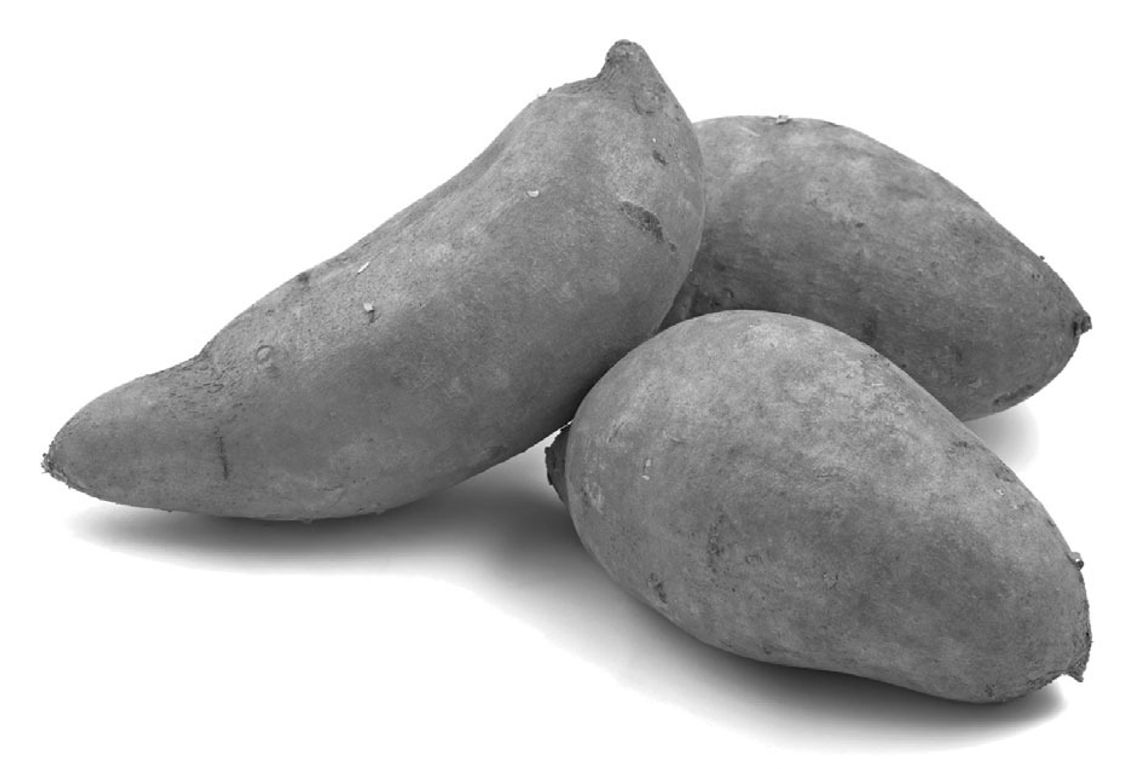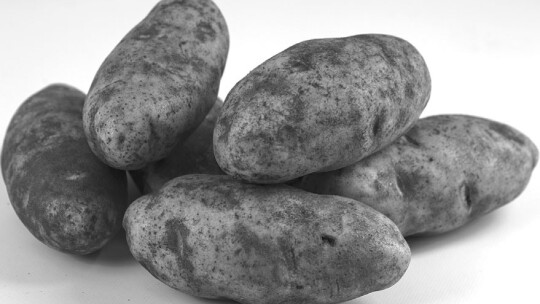PLOW & HOSE ORGANIC GARDENING IN CENTRAL TEXAS | by Julie Rydell
Despite the oppressive and discouraging heat of August, we are in a new planting window. It’s time to plant our fall gardens and we have a second chance to plant more of our summer favorites.
We can plant another round of beans, summer squash, cucumbers, okra, corn, southern peas, and also spinach seeds. As a bonus for fall, we also get a short window to plant potatoes. The last two weeks of August is the ideal time to sow seed potatoes.
In Texas, we can grow two types of potatoes, sweet potatoes and Irish potatoes. They both put out tubers, but the tubers form on different parts of the plants. Tubers are formations that store nutrients for the next growing season.
New plants sprout from the tubers.
While they share the same common name, sweet potatoes and Irish potatoes are different types of plants. Sweet potatoes are a warm season crop.
Sweet potatoes are more tropical and they love the warm, hot weather. The leaves of a sweet potato are edible. Sweet potatoes form tubers on their roots. Irish potatoes are cool season crops and form tubers from their stems. Irish potatoes don’t like the heat and all the green parts of Irish potatoes are poisonous.
Potatoes like nice loose, well-draining soil, which can be problematic if you plan to grow potatoes in the ground because our black, heavy clay soil expands and shrinks dramatically with water fluctuations. If you decide to sow them directly in our blackland prairie soil, incorporate lots of compost to keep the soil loose. Potatoes can also be grown in raised beds and containers.
Potatoes are large plants so select large containers in order to harvest the greatest yields. Oversized tubs, half barrels, grow bags, potato boxes, even trash cans can be used to grow potatoes.
Just make sure your container has adequate drain holes in the bottom.
Since potatoes put out tubers from their stems you can grow them vertically in a deep container. In the bottom of your container, put down 5-6 inches of well-draining soil. Space your seed potatoes 12 inches apart and cover them with another 6 inches.
When the plants get 6 inches tall, put down some more soil and leave the tops of the plants exposed. Keep doing this until they grow to the top of your container.
The plants will put out tubers all along the buried stems. Growing vertically will help save space while giving you more potatoes.
There are a few varieties that grow well in Central Texas.
Look for White Kennebec, Red Lasoda and Red Pontiac. If possible, select small 1” seed potatoes. If that is not an option, you can divide a larger seed potato into 1” pieces. Each section needs an eye, the notches in potatoes where the buds sprout.
Let the cut pieces dry a few days to callus over before you plant them.
This will help prevent them from rotting. It may be more difficult to find seed potatoes for fall. If you can’t find seed potatoes locally, you can try to use organic grocery store potatoes. These are less likely to be treated with growth inhibitors that extend the shelf life by preventing sprouts.
Potatoes are heavy feeders and need adequate fertilization and water for healthy plant development. Keep the soil moist but not soggy. Water whenever the top two inches of the soil feels dry to the touch. Once shoots appear, begin using an organic fertilizer with low nitrogen and equal amounts of phosphorus and potassium, such as 5-10-10 or lower.
Too much nitrogen will produce more stem and leaf growth rather than tubers. Fertilize every two or three weeks.
When the top of the plants started to turn yellow and die, it was time to harvest the potatoes, usually around the first frost, which is late November for our part of Central Texas.
With 25 years of backyard gardening experience, Julie is a plant and nature enthusiast. She lives in Taylor and hosts the “Plow & Hose Organic Gardening in Central Texas” podcast and radio show that airs on






